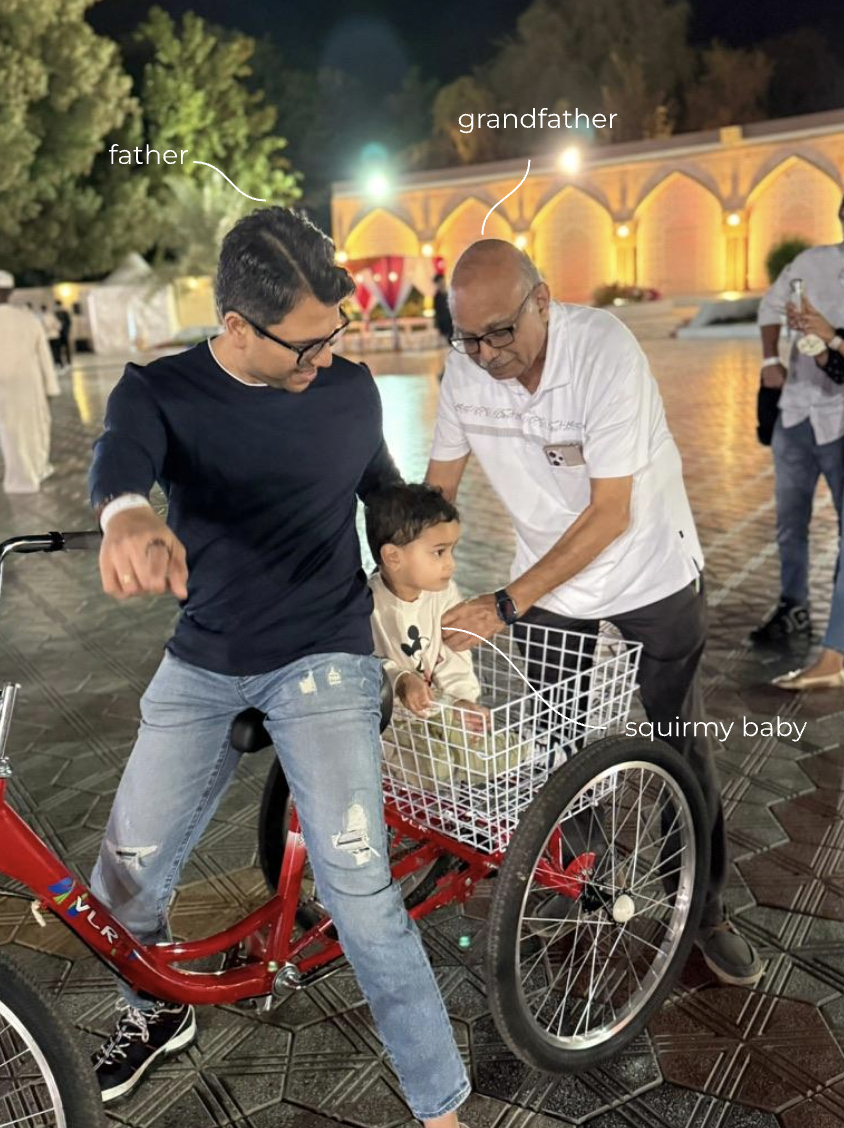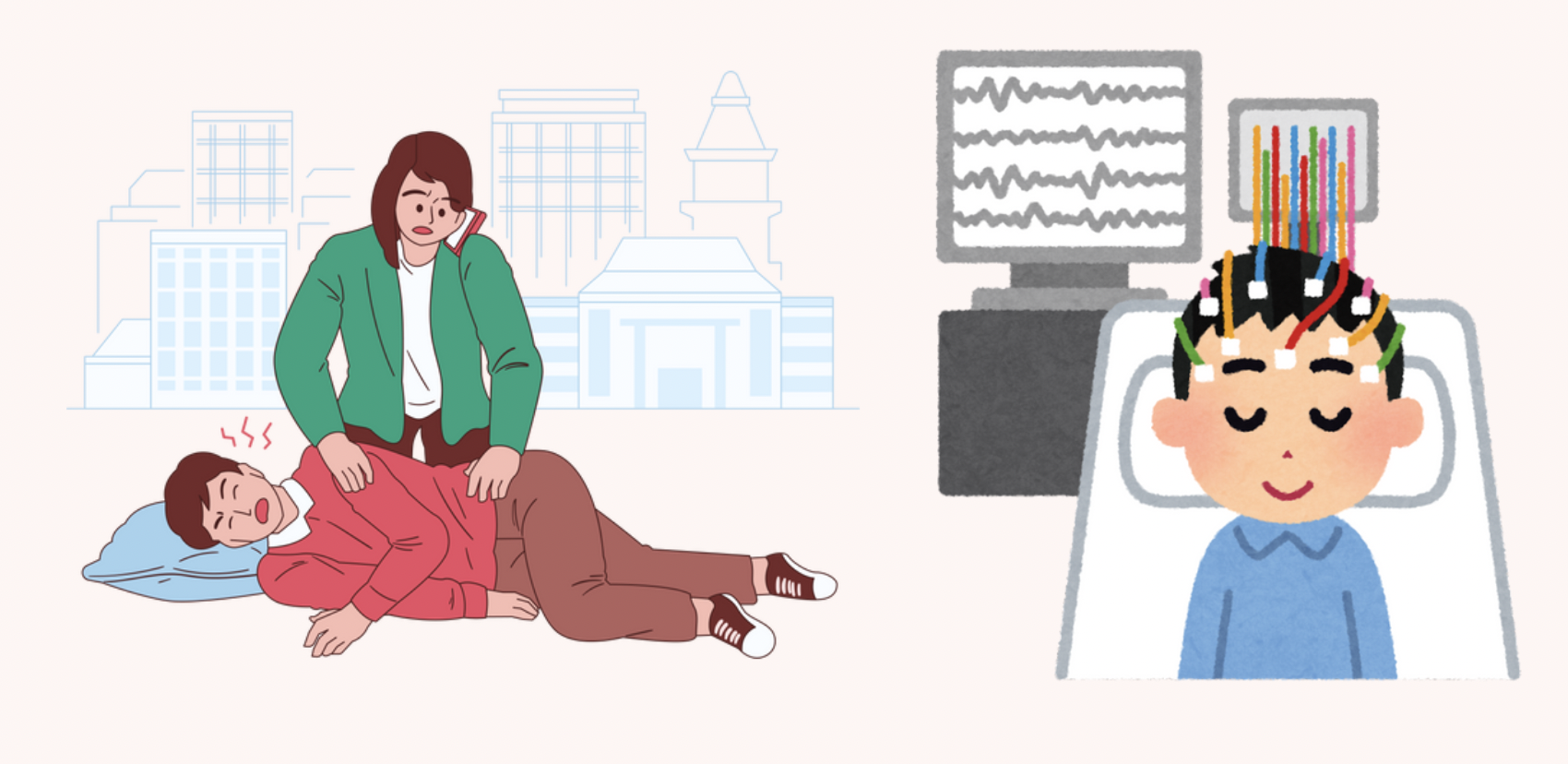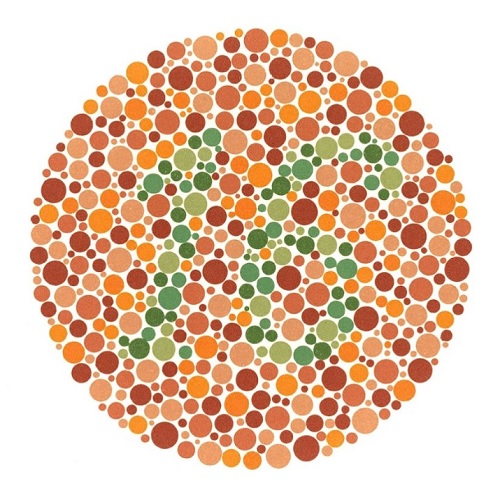Hello Everyone!
I know – it’s been a while! I’m so, so sorry for the delay in posting. No excuses, just life happening. But I promise I’m here to make it up to you with something really interesting.
Today, I want to talk about Anemia.
Now, before you roll your eyes and think, “She said ‘interesting’ – how on earth is this interesting?” – hear me out. As the saying goes, a diamond in the rough. That’s anemia. Not literally, of course, but it’s a condition that’s often overlooked, misdiagnosed, and definitely not given the attention it deserves. And I’m here to change that.
As someone who has anemia, I can tell you firsthand – it’s not easy. The constant fatigue, the dizzy spells, the hair loss…it’s far from convenient, especially as a teenager. But honestly, it’s a struggle for any woman, at any age.
Anemia happens when your body doesn’t produce enough healthy red blood cells or hemoglobin to carry oxygen-rich blood from your lungs to the rest of your organs. It’s often mistaken for a simple iron deficiency, but the reality is much bigger. In fact, 65.9% of women in India suffer from anemia, and globally, over half a billion women aged 15-45 are affected. That’s a lot.
So, why is anemia so common in women?
One word: Periods. (Or, if we’re being formal, menstruation.)
Every month, women lose blood – some more than others, especially those with heavy periods lasting longer than the average seven days. And with blood loss comes a loss of iron and hemoglobin, leading to anemia.
The good news? It’s manageable. For milder cases, iron supplements, folic acid, and vitamin B-12 can help. But for more severe cases, treatments like erythropoietin (which stimulates bone marrow to produce more blood cells) or even a bone marrow transplant may be needed.
But beyond treatment, we need awareness. We need to make sure women aren’t dismissed when they say they’re constantly tired or feeling weak. We need to help them get diagnosed, treated, and supported without making them feel like a burden.
That’s exactly why I organise health camps: to diagnose adolescent girls with anemia and ensure they get the medical attention, supplements, and support they need.
So let’s start talking about anemia. Let’s spread awareness. Let’s help.
Until next time-
Namaste!



